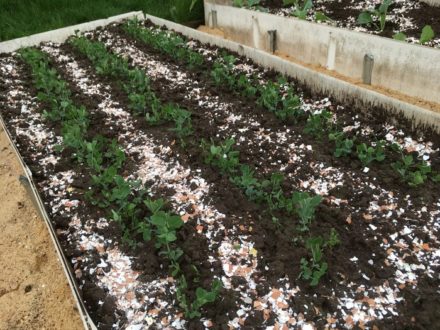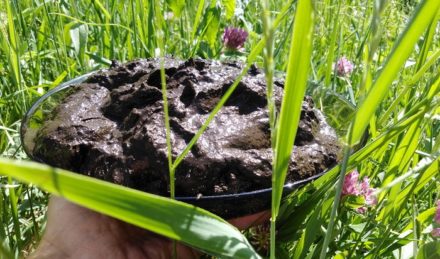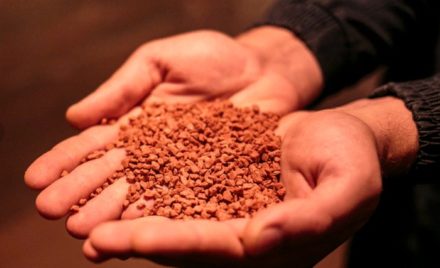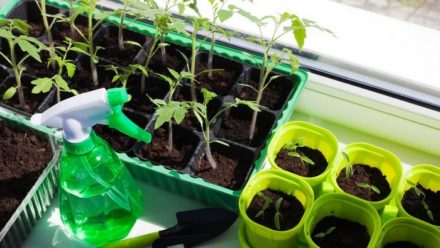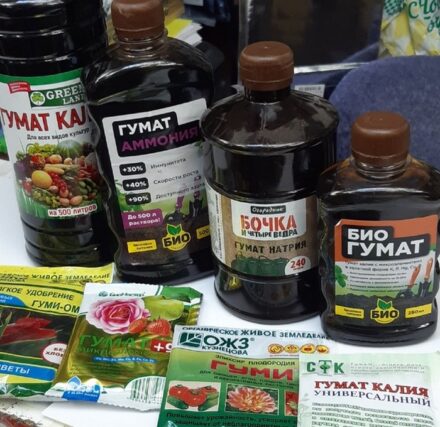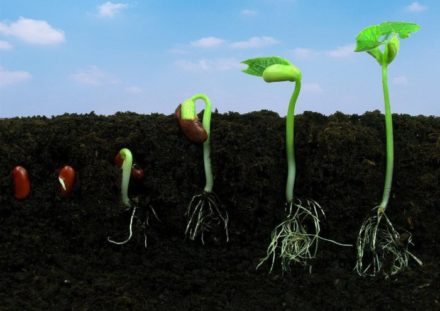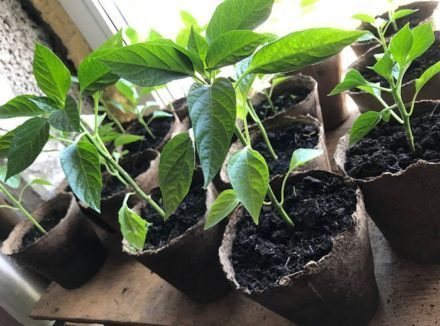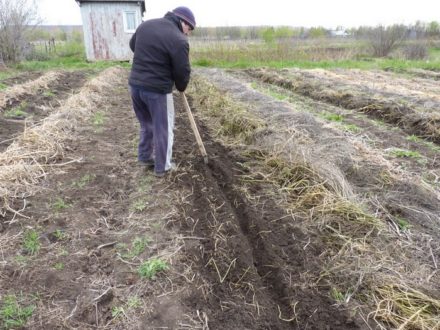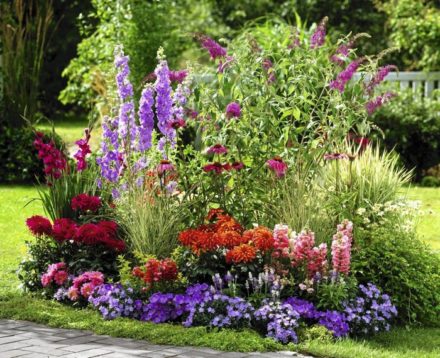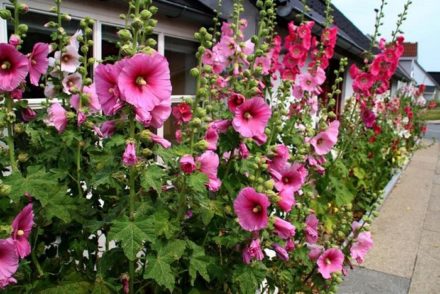Growing seedlings is an art, the mastery of which determines the volume and quality of the harvest. To get strong, viable seedlings, you need to choose good seeds, select the appropriate container size and properly organize the lighting.
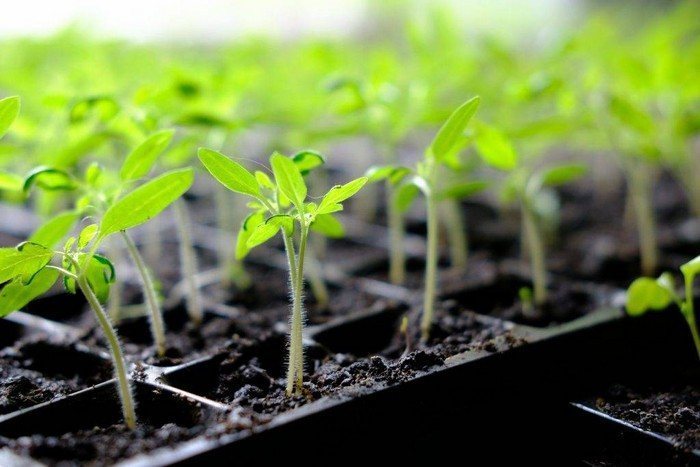
In addition, it is worth taking care of the quality of the soil by using organic soil improvers to create better living conditions for young plants - additives that increase indicators such as nutritional value, moisture capacity, air conductivity, etc. Let's consider which organic soil improvers are best suited for growing seedlings.
Compost
A completely safe organic soil improver that is suitable for both adult plants and seedlings - compost. Its basis is well-rotted plants and soil. The high mineral content increases the nutritional value of the soil, breathability and moisture resistance, reducing the need for frequent watering and fertilizing.
Compost is added to the soil in a ratio of 1:2, then the composition is thoroughly mixed. To avoid putrefactive processes, it is important to ensure that the compost is completely ready before adding it to the soil.
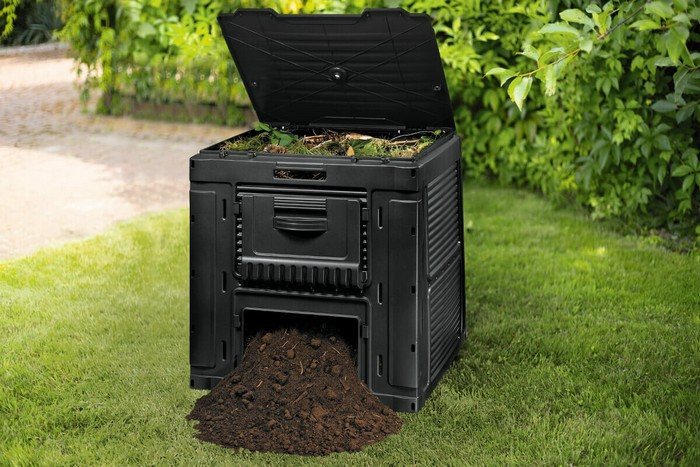
Humus
Humus is an organic fertilizer that consists of manure that has rotted to the consistency of soil. Humus is richer and more effective than compost, as it contains more organic matter.It is not difficult to determine the readiness of the composition - it should be the same color as soil and not have a pronounced odor. This fertilizer is added at the rate of 2 kg of composition per 5 kg of soil.
Humus makes the soil more nutritious, breathable and moisture-absorbing. This fertilizer is especially useful for seedlings, since the organic acids it contains form favorable microflora in the soil, which promotes the growth and development of sprouted seeds.

Wood ash
Wood ash is a natural fertilizer that is most often used when growing seedlings. It is not difficult to obtain - just burn the wood to ash. Ash is used to improve the nutritional value, moisture resistance and breathability of the soil. This fertilizer contains a lot of potassium and other elements, allowing you to obtain an almost neutral pH.
Ash is often used mixed with peat to neutralize the acidity of the latter. Before combining with the soil, the ash is thoroughly crushed, then added at the rate of 4 tbsp. l. substances per 1 kg of soil. After mixing, the composition is ready for use.
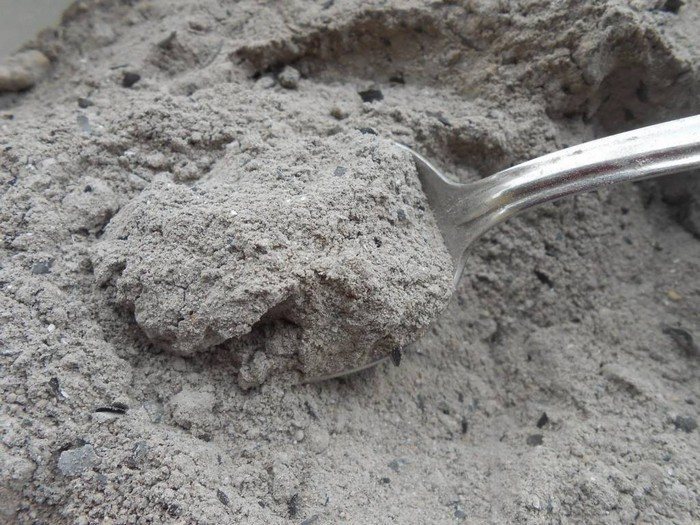
Vermicompost
Vermicompost is an organic additive containing substances beneficial to plants. This fertilizer is one of the leaders, since, in addition to improving the nutritional value of the soil, it increases its resistance to fungal infections, and also reduces the need for loosening and moistening. Vermicompost contains those elements that are especially important for crops at the initial stage of growth.
To improve germination, use a solution prepared from 50 g of dry vermicompost and a liter of warm water. The composition is thoroughly mixed and infused for 24 hours, then used for watering. Vermicompost accelerates the growth and development of future seedlings, increases their survival rate, and also eliminates developmental delays.
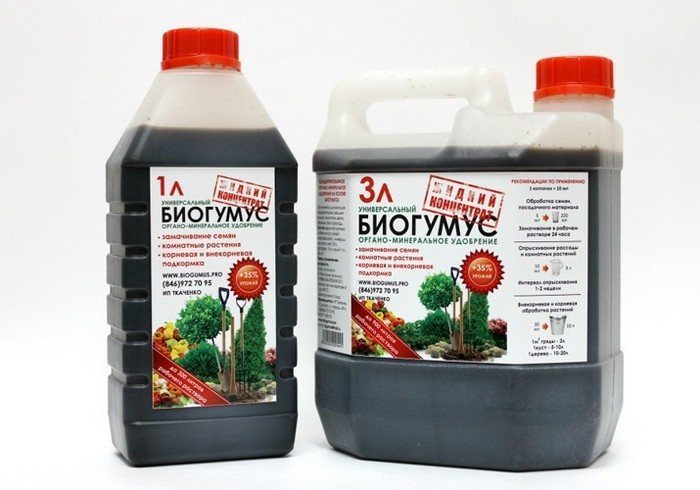
Sapropel
A natural soil improver, sapropel contains silt - almost decomposed plants and animals. Many macro- and microelements, as well as antibiotics, can improve the quality of the soil and make it suitable for seed germination.
Sapropel should be combined with soil at a ratio of 1:3, then you need to mix the composition, let it brew for 24 hours and use the resulting composition for its intended purpose. In such soil, the seeds will sprout more smoothly, and the sprouts will grow quickly and fully develop.
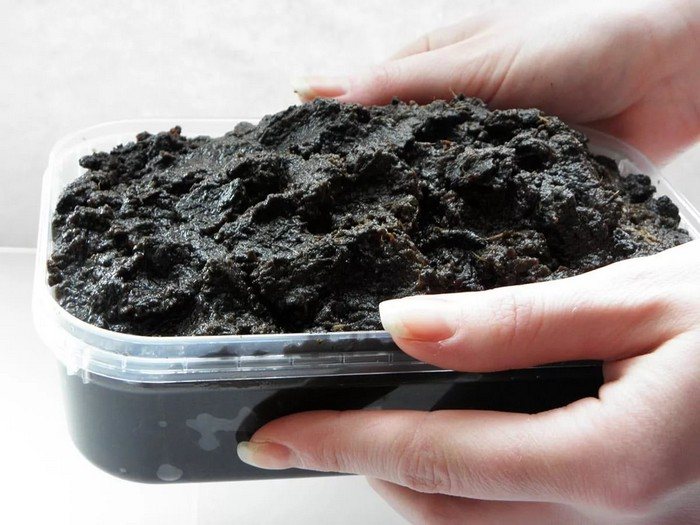
Lowland peat
Peat is one of the most popular fertilizers for seedlings and adult plants. Peat is an organic substance formed during the complete decomposition and compaction of plant and animal remains. Peat is most often found in swampy areas. This fertilizer contains useful substances and can make the substrate more loose and nutritious.
There are three types of peat: middle, high and lowland. The latter is most useful for young plants. It is recommended to combine 200 g of peat with 1 kg of soil or plant seeds directly in low-lying peat, having previously loosened and moistened the bracket.
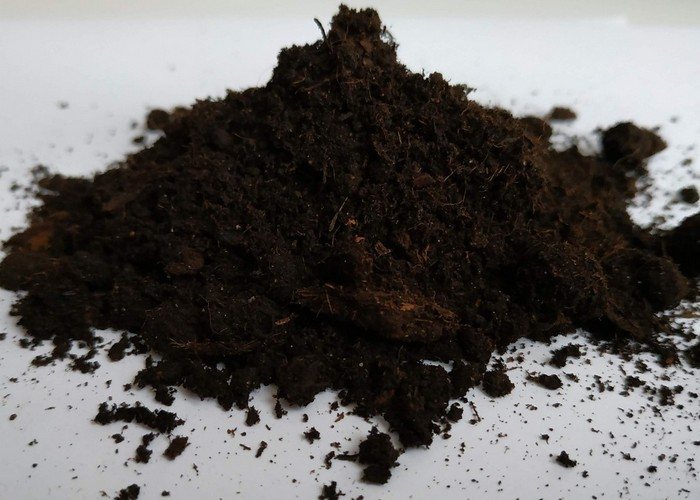
The use of organic soil improvers can increase the percentage of seed germination, as well as accelerate the growth and development of seedlings.Do not be afraid of such additives, as they are exclusively of natural origin and safe for human health.


